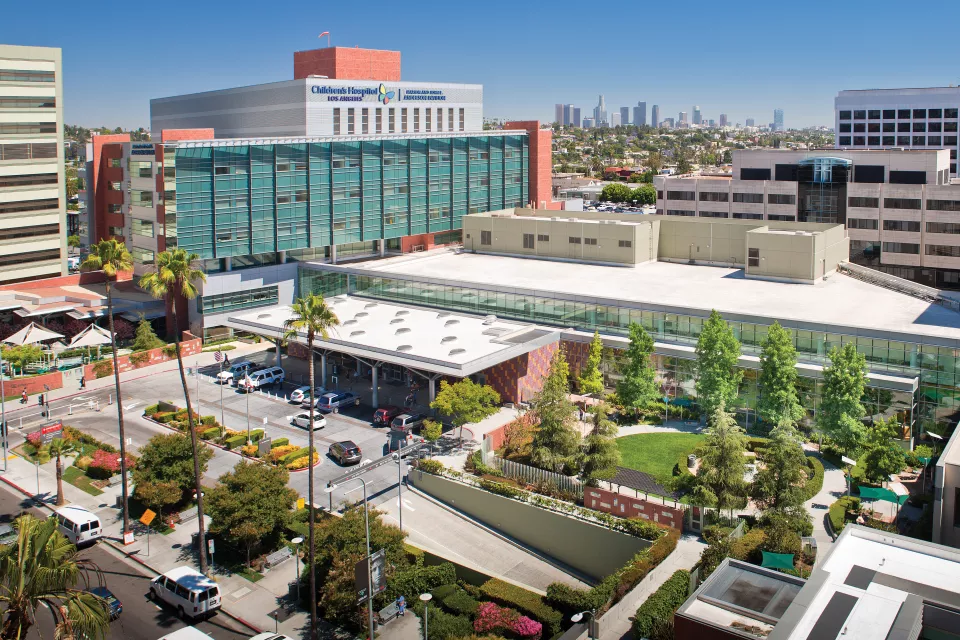Craniosynostosis is the premature closure of one or more of the gaps between the developing bones of the skull. This condition is typically discovered by the pediatrician or parents within the first few months of life. For some babies, this diagnosis can best be determined by a trained craniofacial surgeon. The frequency of craniosynostosis is estimated at one per 2,500 births.
Normally, the skull of an infant has gaps between the developing bones. These gaps provide room for the rapidly growing brain. Brain growth is approximately 70 percent completed by the age of 18 months old. The remaining 30 percent typically occurs at a much slower rate between 18 months and 7 years. In this birth defect, some or all of the sutures in the skull close too early, causing problems with normal brain and skull growth -- which potentially can result in increased intracranial pressure and the head becoming irregular in shape. The earlier this fusion occurs, the greater its effects.
Types of Craniosynostosis
Sagittal Synostosis
Sagittal synostosis is the premature closure of the sagittal suture that is located on the top of the head, running from front to back. A ridge on the top of the head can usually be felt through the scalp. When this suture closes early, the baby begins to have an elongation of the head from front to back (scaphocephaly) with narrowing of the temple region (bitemporal narrowing). Some babies will develop a prominent forehead (also called frontal bossing).
Unilateral Coronal Synostosis
There are two coronal sutures, each running from the top of the head down the sides in front of the ears. When one of these sutures closes prematurely, the baby begins to develop flatness of the forehead on the affected side. A ridge over the affected suture may be felt through the scalp. The eyebrow may appear raised on the affected side. The ear on the affected side will appear more forward when looking from the top (bird’s eye view). The top of the nose or nasal bridge will be deviated toward the affected side while the tip of the nose will point toward the unaffected side. The chin will appear canted toward the affected side as well.
Bilateral Coronal Synostosis
When both coronal sutures are affected, a ridge can be felt on both sides of the head running from the top of the skull down the sides in front of the ears. Depending how early this is discovered, the forehead will appear flat and under-projected. This will, in turn, make the eyes appear as if they are sticking out. The head will appear taller and wider than usual.
Bicoronal Synostosis
Children with syndromes such as Apert, Pfeiffer and Crouzon typically have bicoronal synostosis, but not all bicoronal synostoses are part of a syndrome. If the baby has an associated syndrome, he or she may also have an underprojected midface.
Lambdoidal Synostosis
There are two lambdoidal sutures in the skull, which meet in the back of the head in an upside down configuration. This is the rarest form of craniosynostosis and comprises only one percent of all cases.
Craniosynostosis Causes
Craniosynostosis is usually an isolated finding in an otherwise normal child. The precise causes vary and are incompletely understood. Most cases of craniosynostosis occur in families with no history of the condition.
Its hereditary form has been associated with various genetic disorders, including Crouzon Syndrome and Apert Syndrome. In addition, mutations in several genes have recently been identified in certain forms of craniosynostosis. A geneticist examines all infants and discusses the chances of having another infant with craniosynostosis with each family.
Several non-genetic factors have also been implicated in the origins of craniosynostosis, including fertility treatments, paternal profession and such environmental exposures as maternal smoking and certain drugs (sodium valproate).
Craniosynostosis Treatment
Most cases require early surgery to prevent distortion of other craniofacial structures. However, mild degrees of craniosynostosis may not require surgery. Early diagnosis and treatment can have a great impact on the outcome of the child's brain development and vision development.
